
















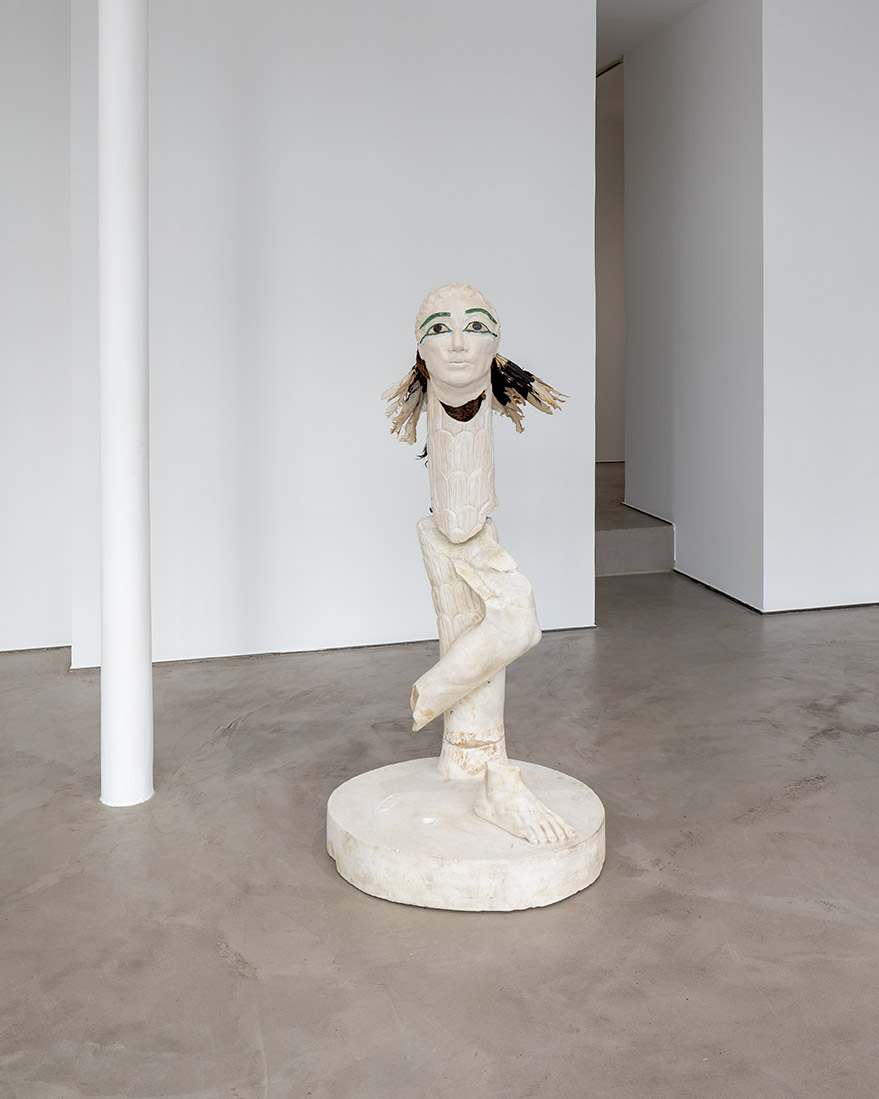













Exhibition view: Return Of the Beast, 2021. Photo © Tadzio
[+]Exhibition view: Return Of the Beast, 2021. Photo © Tadzio
[-]Exhibition view: Return Of the Beast, 2021. Photo © Tadzio
[+]Exhibition view: Return Of the Beast, 2021. Photo © Tadzio
[-]Dead Inside (1), 2021. Photo © Tadzio
[+]Dead Inside (1), 2021. Photo © Tadzio
[-]Exhibition view: Return Of the Beast, 2021. Photo © Tadzio
[+]Exhibition view: Return Of the Beast, 2021. Photo © Tadzio
[-]Exhibition view: Return Of the Beast, 2021. Photo © Tadzio
[+]Exhibition view: Return Of the Beast, 2021. Photo © Tadzio
[-]Exhibition view: Return Of the Beast, 2021. Photo © Tadzio
[+]Exhibition view: Return Of the Beast, 2021. Photo © Tadzio
[-]Vue de l’exposition Return Of the Beast, 2021. Photo © Tadzio
[+]Vue de l’exposition Return Of the Beast, 2021. Photo © Tadzio
[-]Vue de l’exposition Return Of the Beast, 2021. Photo © Tadzio
[+]Vue de l’exposition Return Of the Beast, 2021. Photo © Tadzio
[-]How to Make a Bird Sing, 2021. Photo © Tadzio
[+]How to Make a Bird Sing, 2021. Photo © Tadzio
[-]Three Characters In Search Of an Author, 2021. Photo © Tadzio
[+]Three Characters In Search Of an Author, 2021. Photo © Tadzio
[-]Euphoria, 2021. Photo © Tadzio
[+]Euphoria, 2021. Photo © Tadzio
[-]The Avian Spirit, 2021. Photo © Tadzio
[+]The Avian Spirit, 2021. Photo © Tadzio
[-]Tree of Knowledge, 2021. Photo © Tadzio
[+]Tree of Knowledge, 2021. Photo © Tadzio
[-]If You Prick Us, Do We Not Bleed?, 2021. Photo © Tadzio
[+]If You Prick Us, Do We Not Bleed?, 2021. Photo © Tadzio
[-]Exhibition view: Return Of the Beast, 2021. Photo © Tadzio
[+]Exhibition view: Return Of the Beast, 2021. Photo © Tadzio
[-]Insomnia, 2021. Photo © Tadzio
[+]Insomnia, 2021. Photo © Tadzio
[-]Exhibition view: Return Of the Beast, 2021. Photo © Tadzio
[+]Exhibition view: Return Of the Beast, 2021. Photo © Tadzio
[-]Return Of the Beast, 2021. Photo © Tadzio
[+]Return Of the Beast, 2021. Photo © Tadzio
[-]Exhibition view: Return Of the Beast, 2021. Photo © Tadzio
[+]Exhibition view: Return Of the Beast, 2021. Photo © Tadzio
[-]Return Of the Beast (detail), 2021. Photo © Tadzio
[+]Return Of the Beast (detail), 2021. Photo © Tadzio
[-]Exhibition view: Return Of the Beast, 2021. Photo © Tadzio
[+]Exhibition view: Return Of the Beast, 2021. Photo © Tadzio
[-]Staring at a Thousand Splendid Suns, 2021. Photo © Tadzio
[+]Staring at a Thousand Splendid Suns, 2021. Photo © Tadzio
[-]Staring at a Thousand Splendid Suns, 2021. Photo © Tadzio
[+]Staring at a Thousand Splendid Suns, 2021. Photo © Tadzio
[-]Staring at a Thousand Splendid Suns, 2021. Photo © Tadzio
[+]Staring at a Thousand Splendid Suns, 2021. Photo © Tadzio
[-]Earth, Fire, Water. Ali Cherri, 2021, Éditions Dilecta. Photo © Tadzio
[+]Earth, Fire, Water. Ali Cherri, 2021, Éditions Dilecta. Photo © Tadzio
[-]Life After Life, 2021. Photo © Tadzio
[+]Life After Life, 2021. Photo © Tadzio
[-]Life After Life, 2021. Photo © Tadzio
[+]Life After Life, 2021. Photo © Tadzio
[-]Exhibition view: Return Of the Beast, 2021. Photo © Tadzio
[+]Exhibition view: Return Of the Beast, 2021. Photo © Tadzio
[-]Exhibition view: Return Of the Beast, 2021. Photo © Tadzio
[+]Exhibition view: Return Of the Beast, 2021. Photo © Tadzio
[-]Exhibition view: Return Of the Beast, 2021. Photo © Tadzio
[+]Exhibition view: Return Of the Beast, 2021. Photo © Tadzio
[-]Exhibition view: Return Of the Beast, 2021. Photo © Tadzio
[+]Exhibition view: Return Of the Beast, 2021. Photo © Tadzio
[-]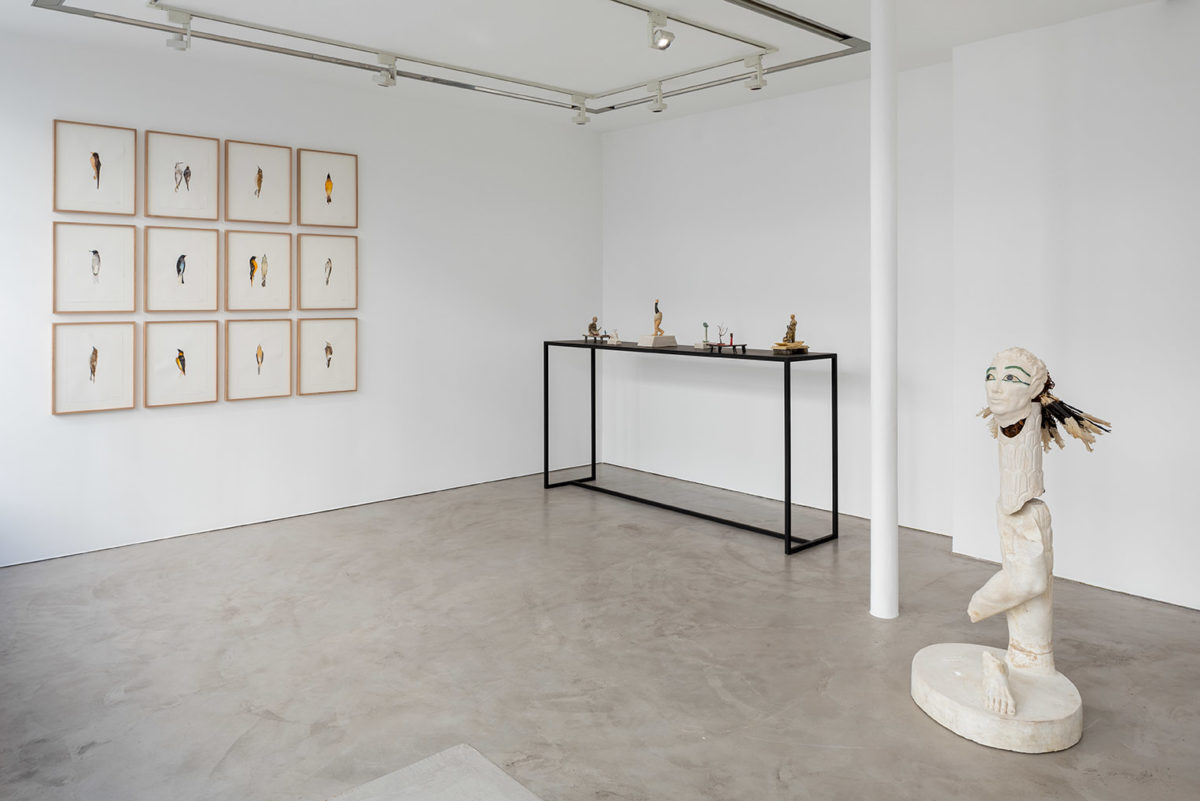
Exhibition view: Return Of the Beast, 2021. Photo © Tadzio
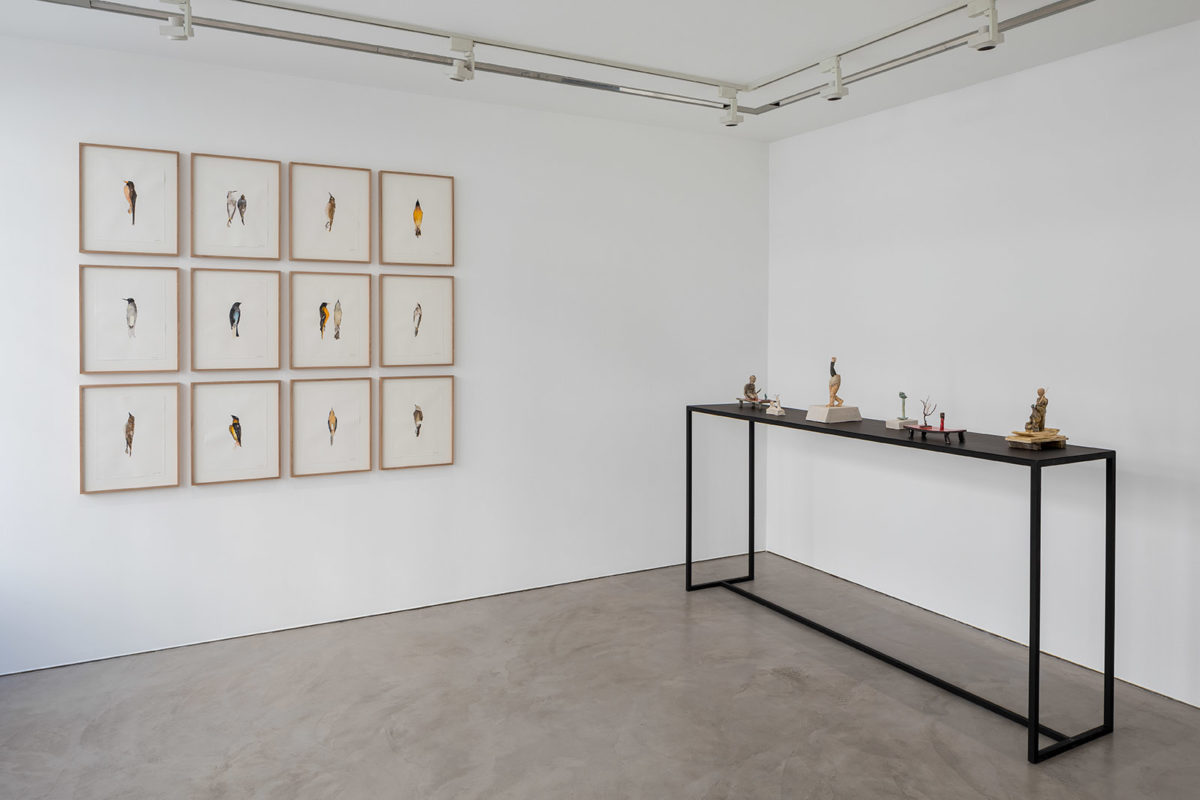
Exhibition view: Return Of the Beast, 2021. Photo © Tadzio
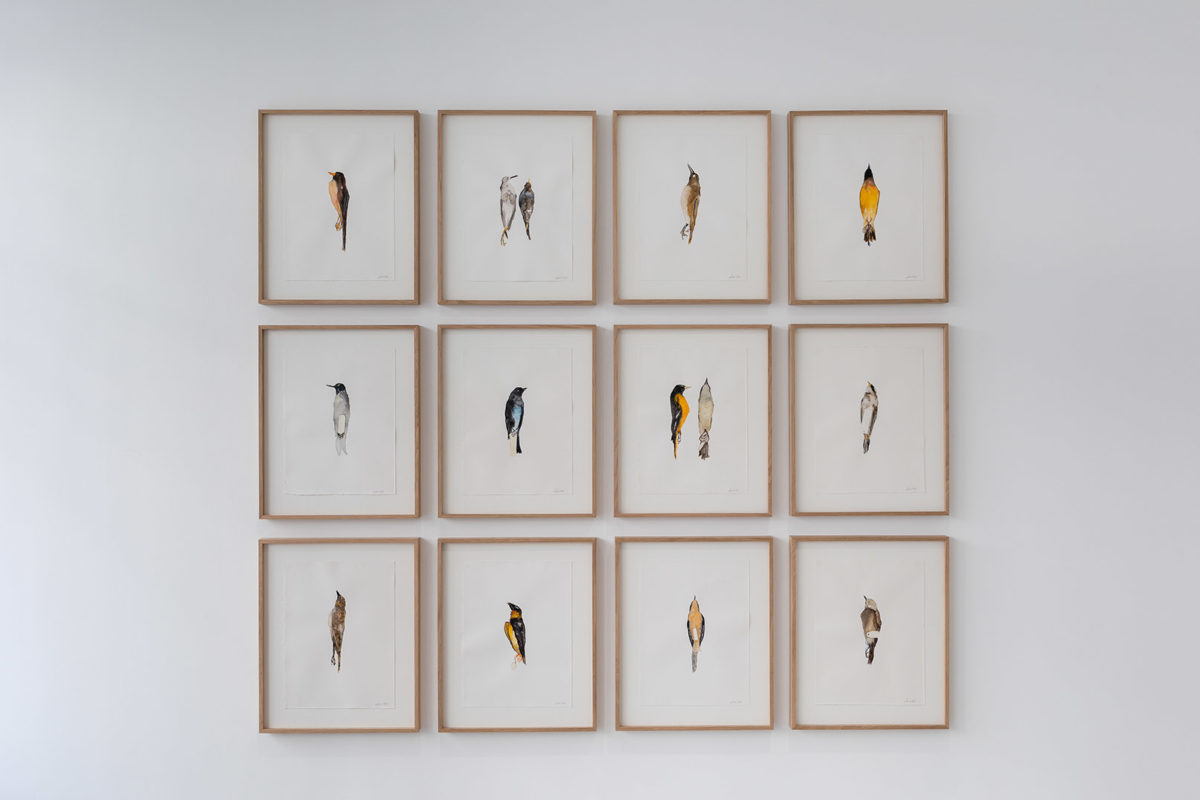
Dead Inside (1), 2021. Photo © Tadzio
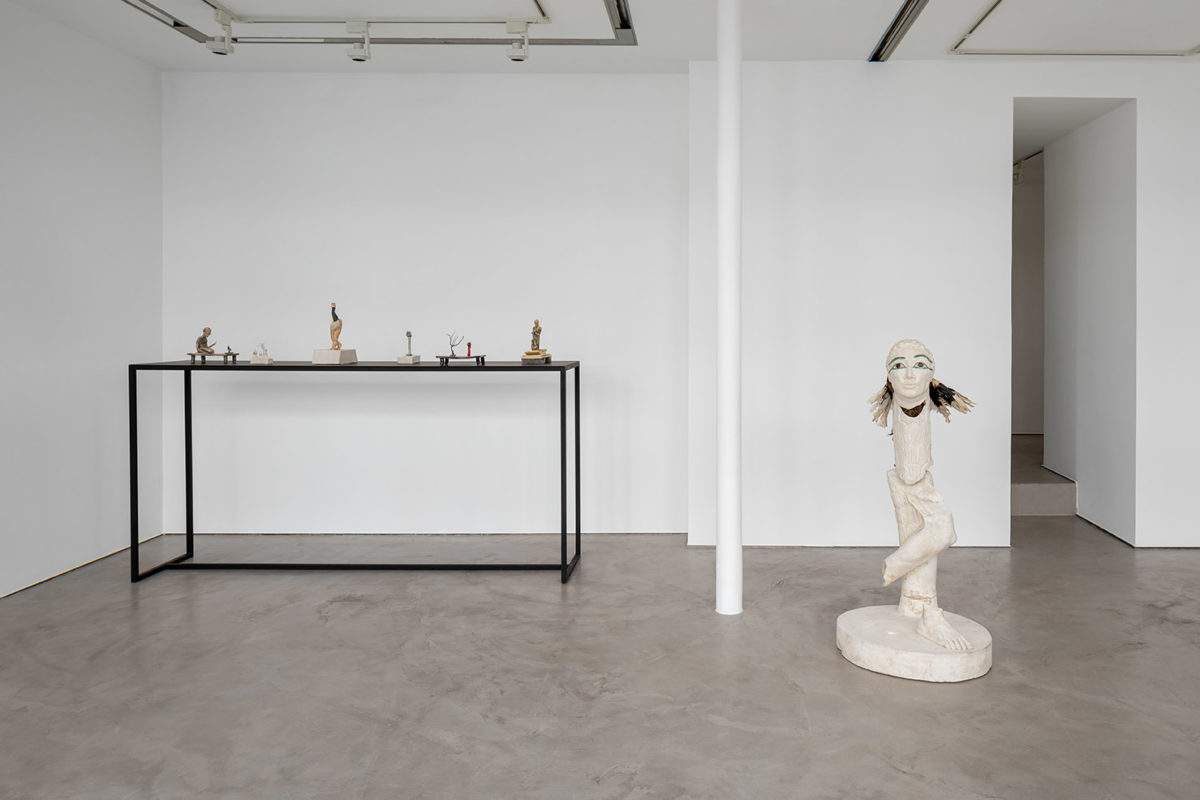
Exhibition view: Return Of the Beast, 2021. Photo © Tadzio
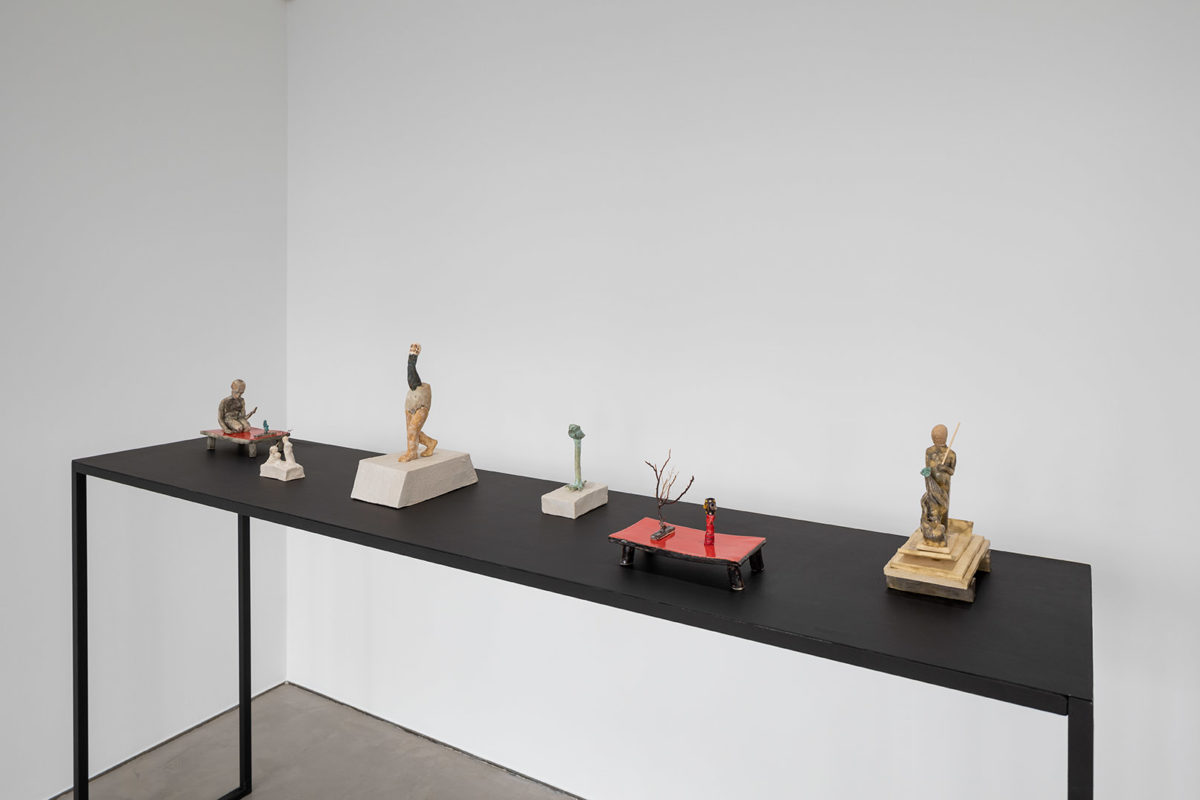
Exhibition view: Return Of the Beast, 2021. Photo © Tadzio
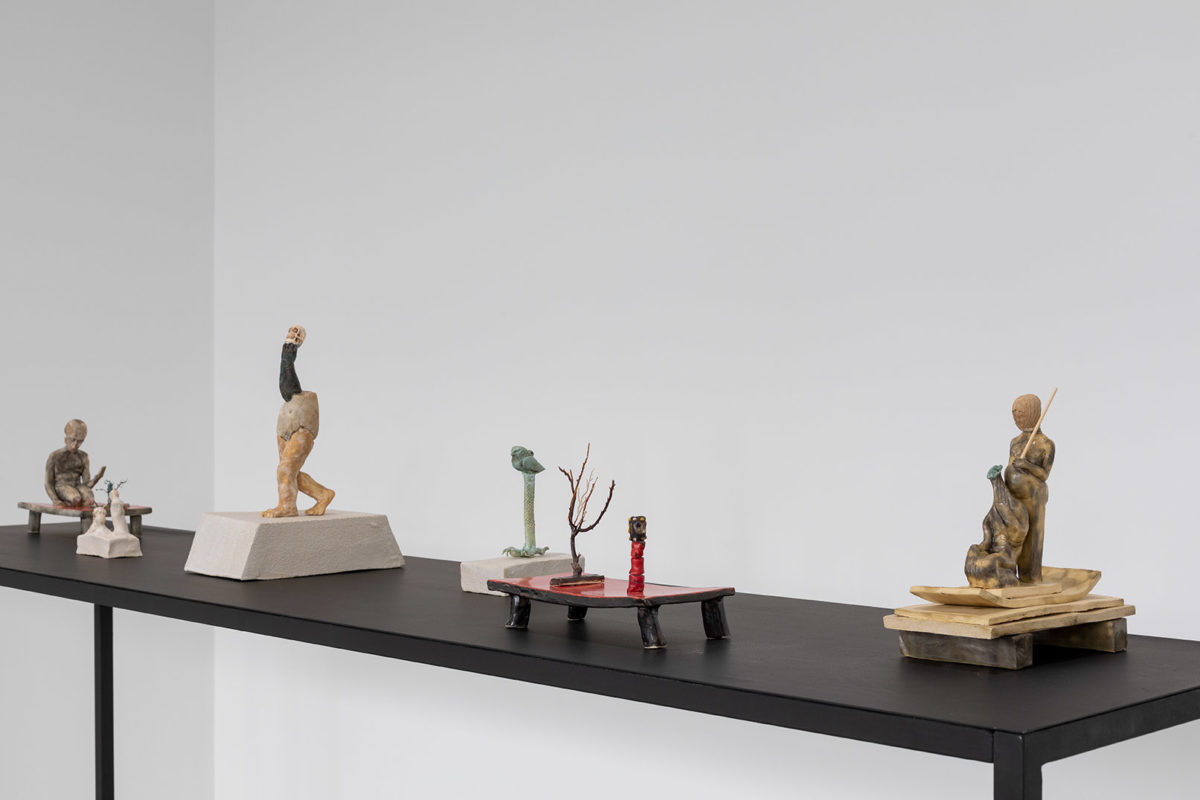
Exhibition view: Return Of the Beast, 2021. Photo © Tadzio
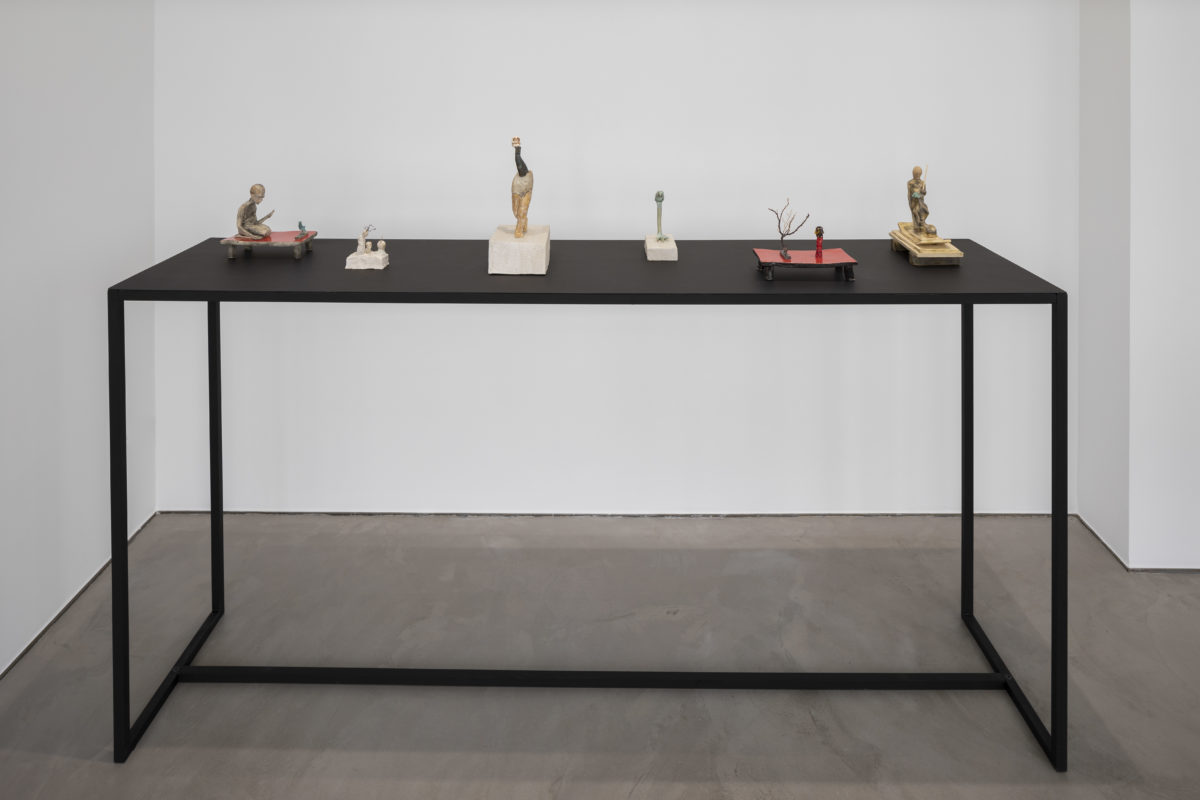
Vue de l’exposition Return Of the Beast, 2021. Photo © Tadzio
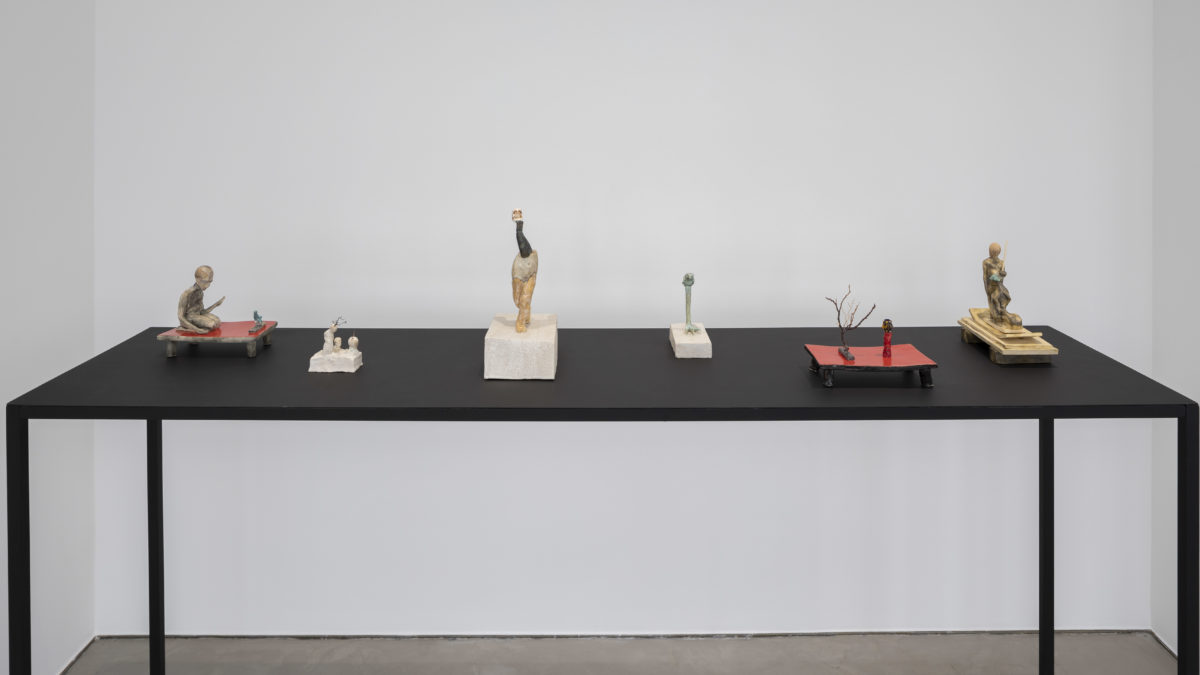
Vue de l’exposition Return Of the Beast, 2021. Photo © Tadzio
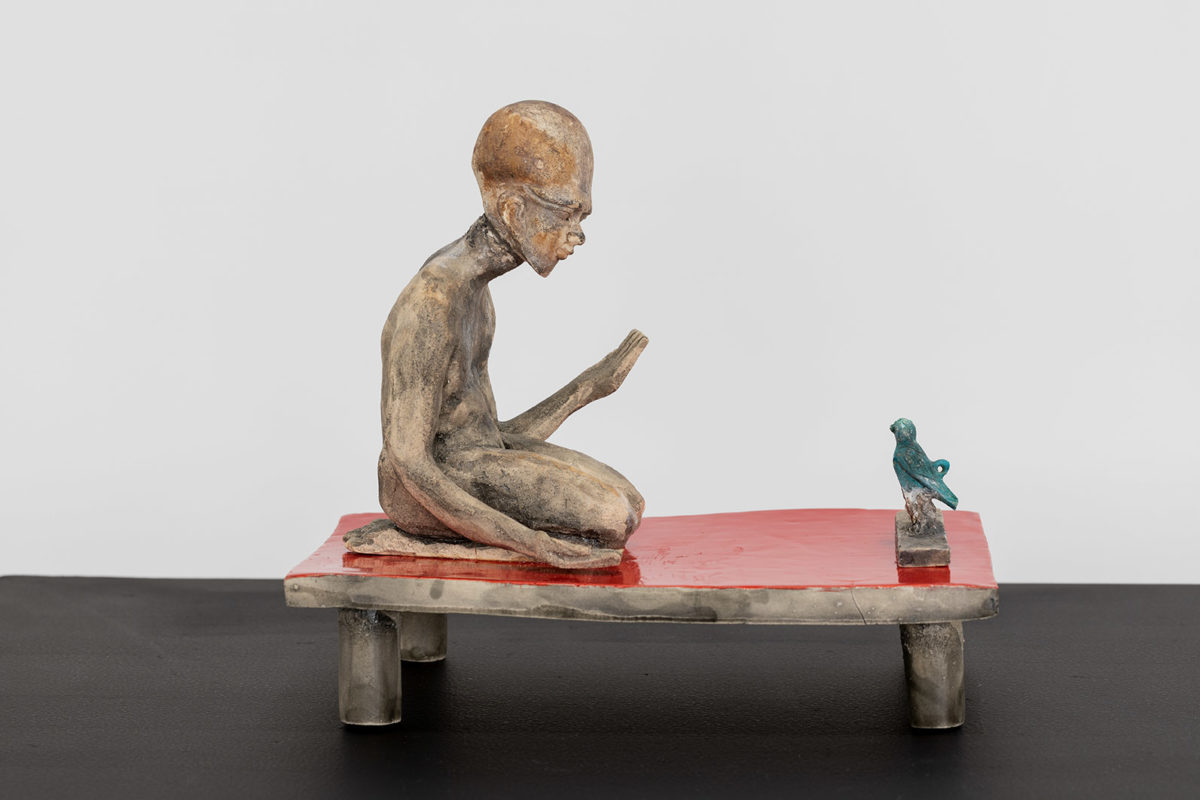
How to Make a Bird Sing, 2021. Photo © Tadzio
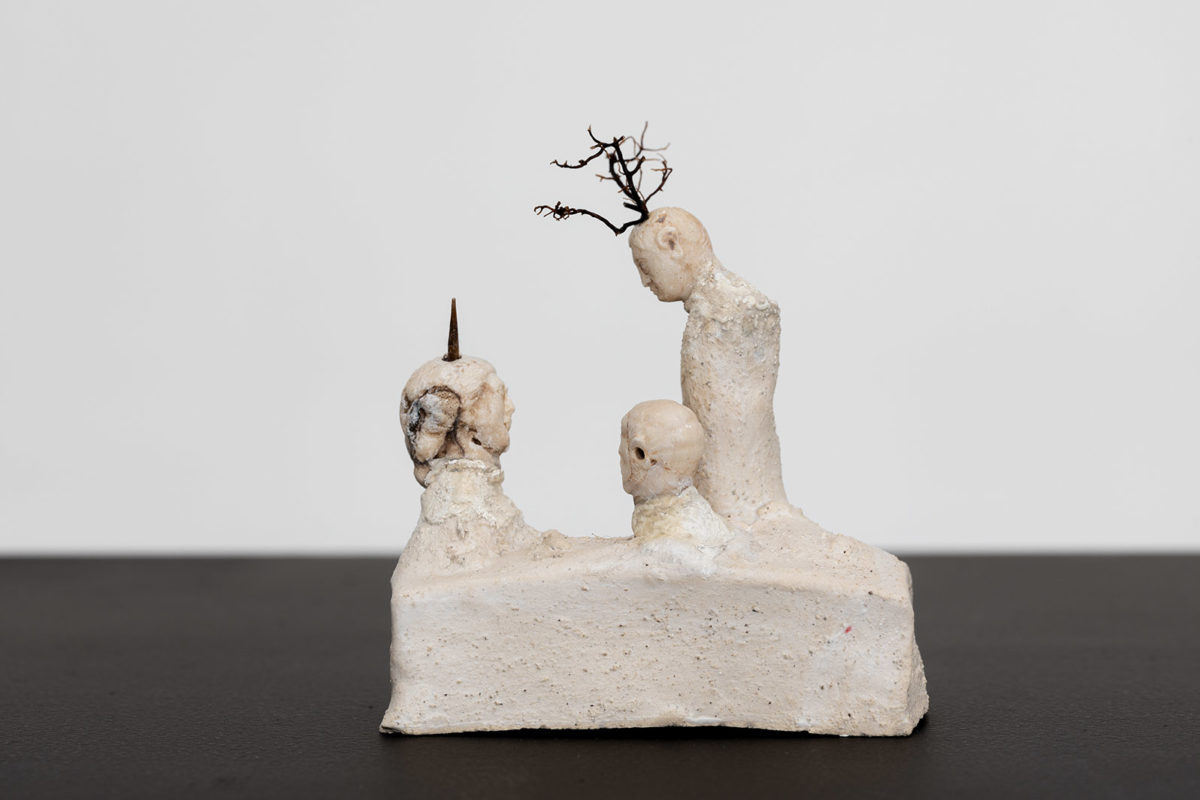
Three Characters In Search Of an Author, 2021. Photo © Tadzio

Euphoria, 2021. Photo © Tadzio
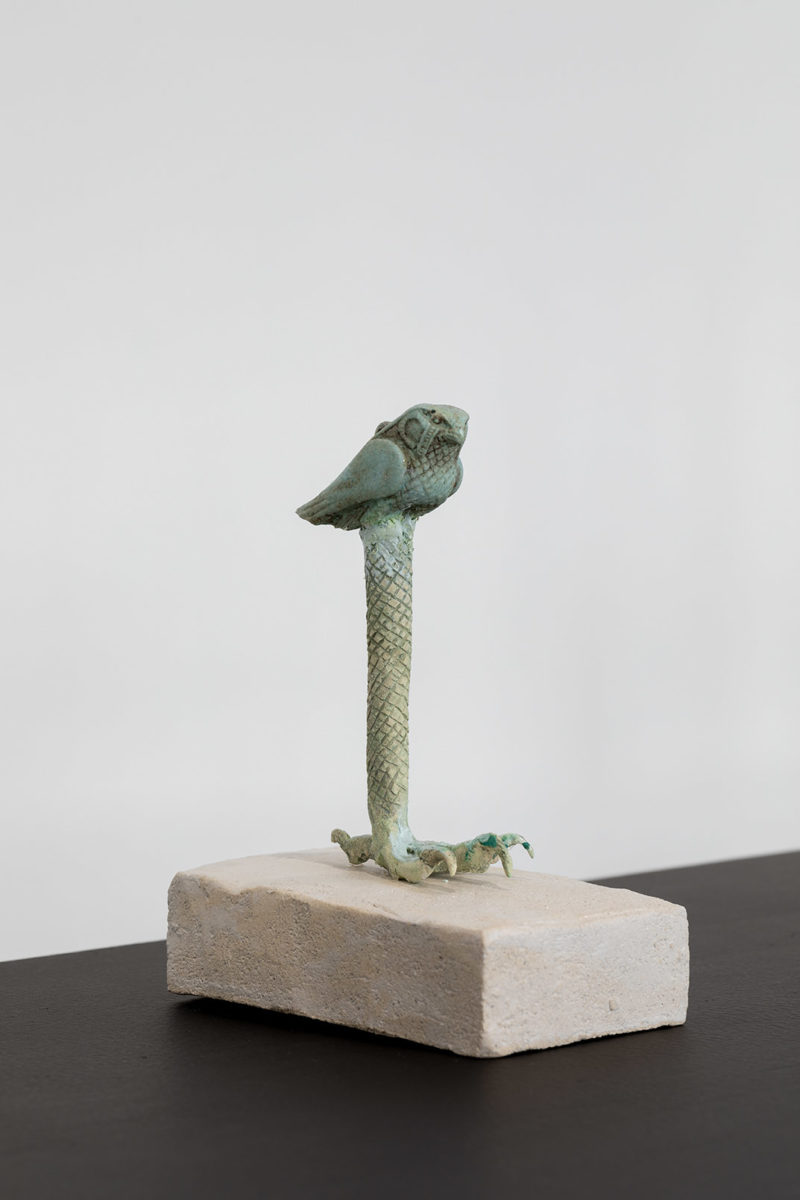
The Avian Spirit, 2021. Photo © Tadzio
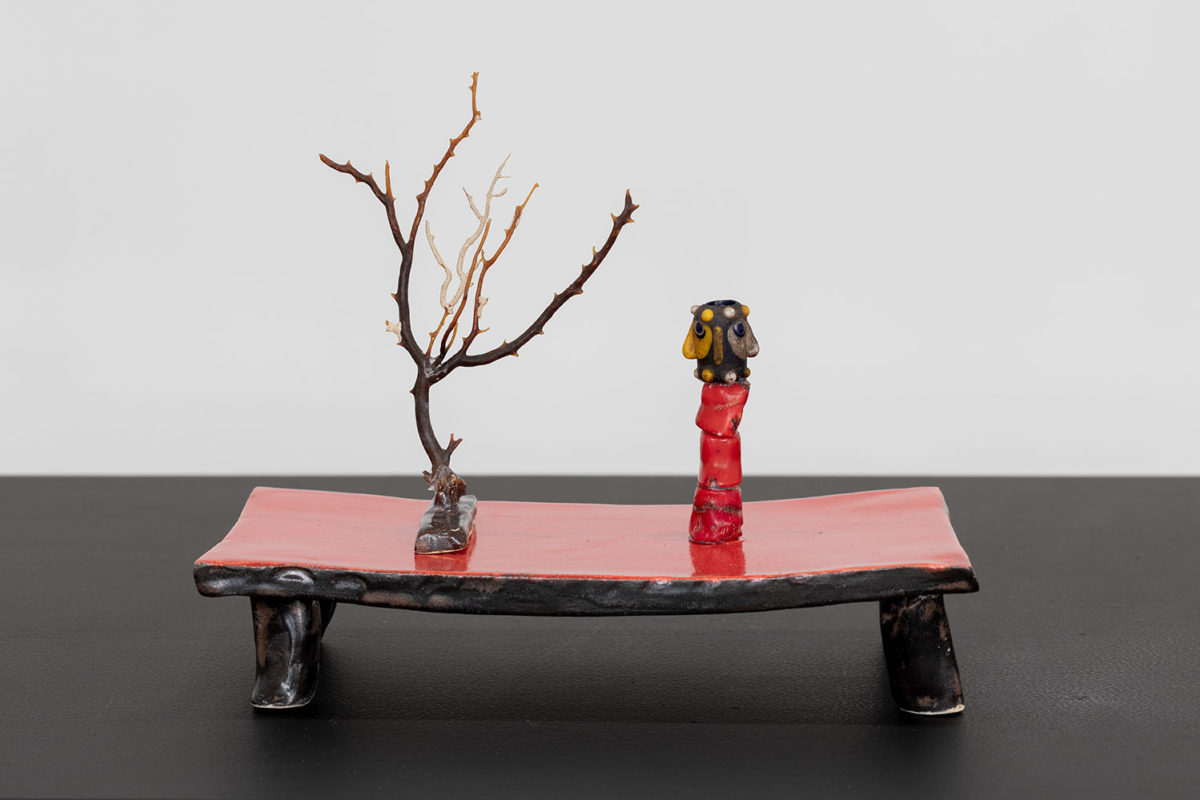
Tree of Knowledge, 2021. Photo © Tadzio
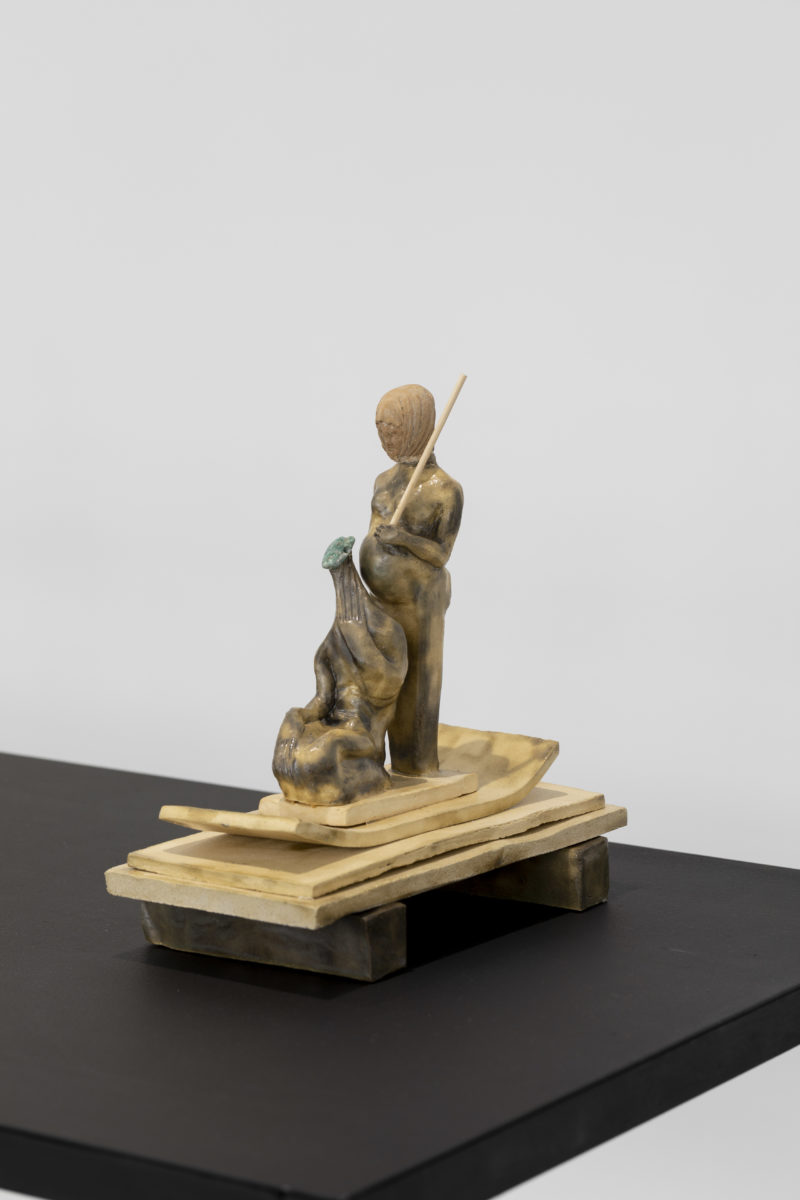
If You Prick Us, Do We Not Bleed?, 2021. Photo © Tadzio
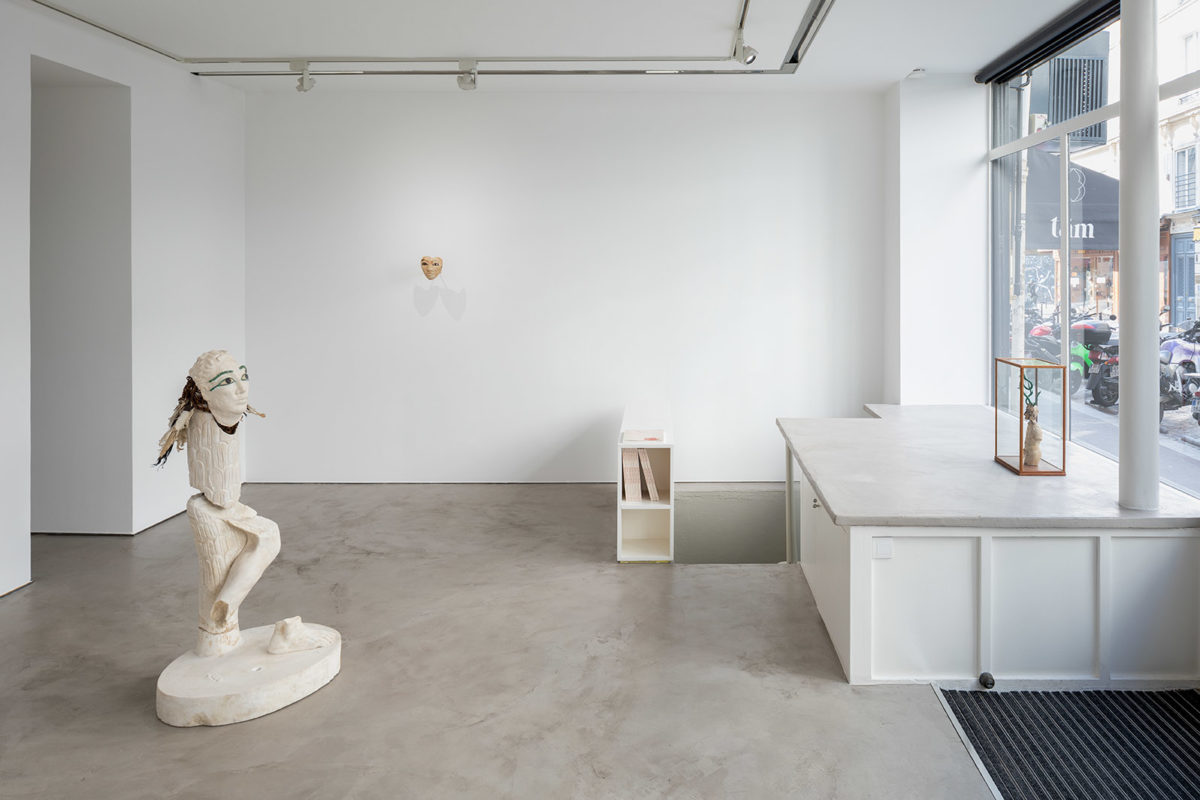
Exhibition view: Return Of the Beast, 2021. Photo © Tadzio
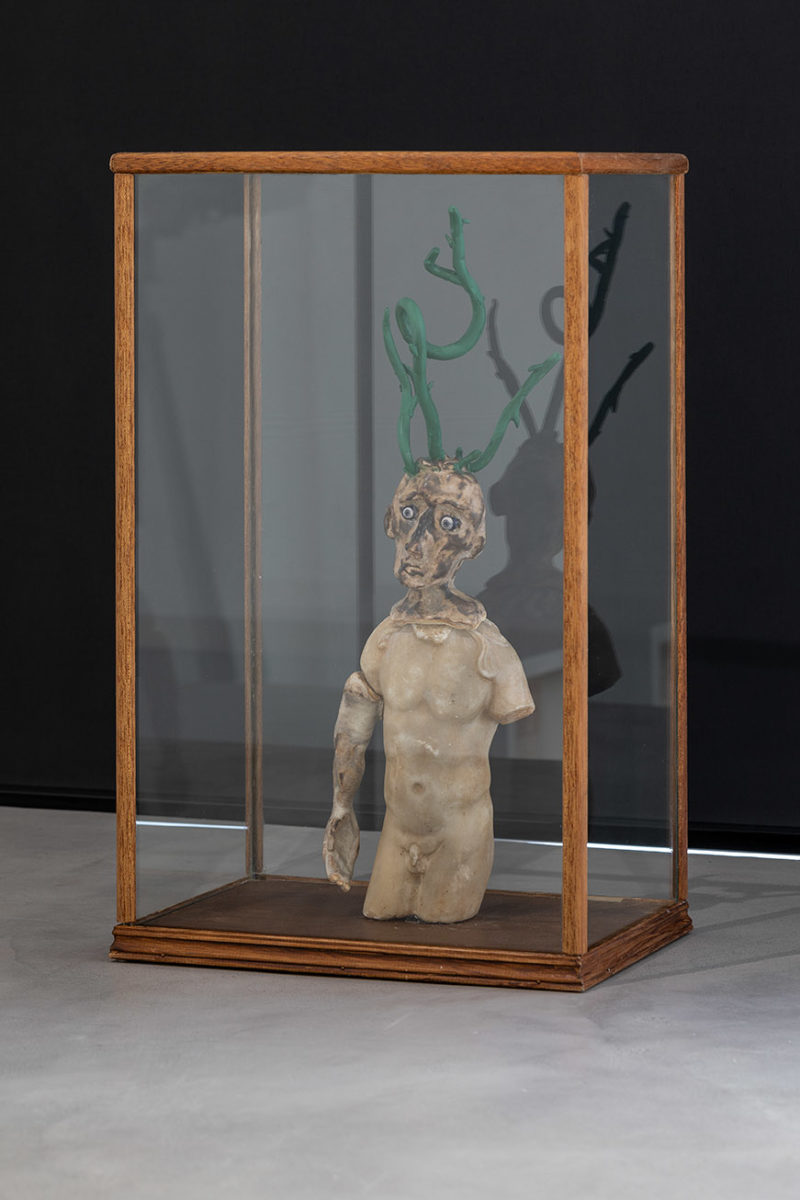
Insomnia, 2021. Photo © Tadzio
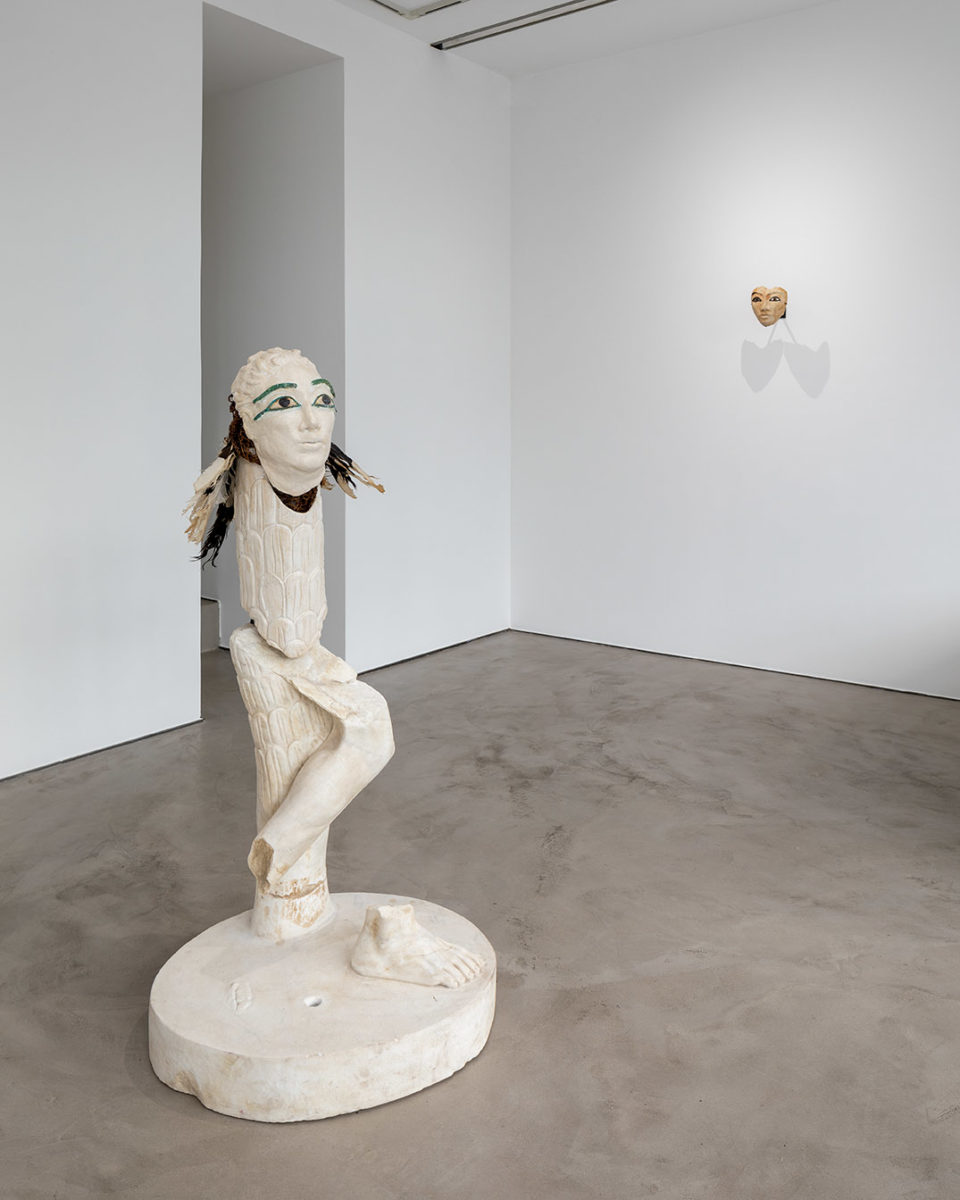
Exhibition view: Return Of the Beast, 2021. Photo © Tadzio

Return Of the Beast, 2021. Photo © Tadzio
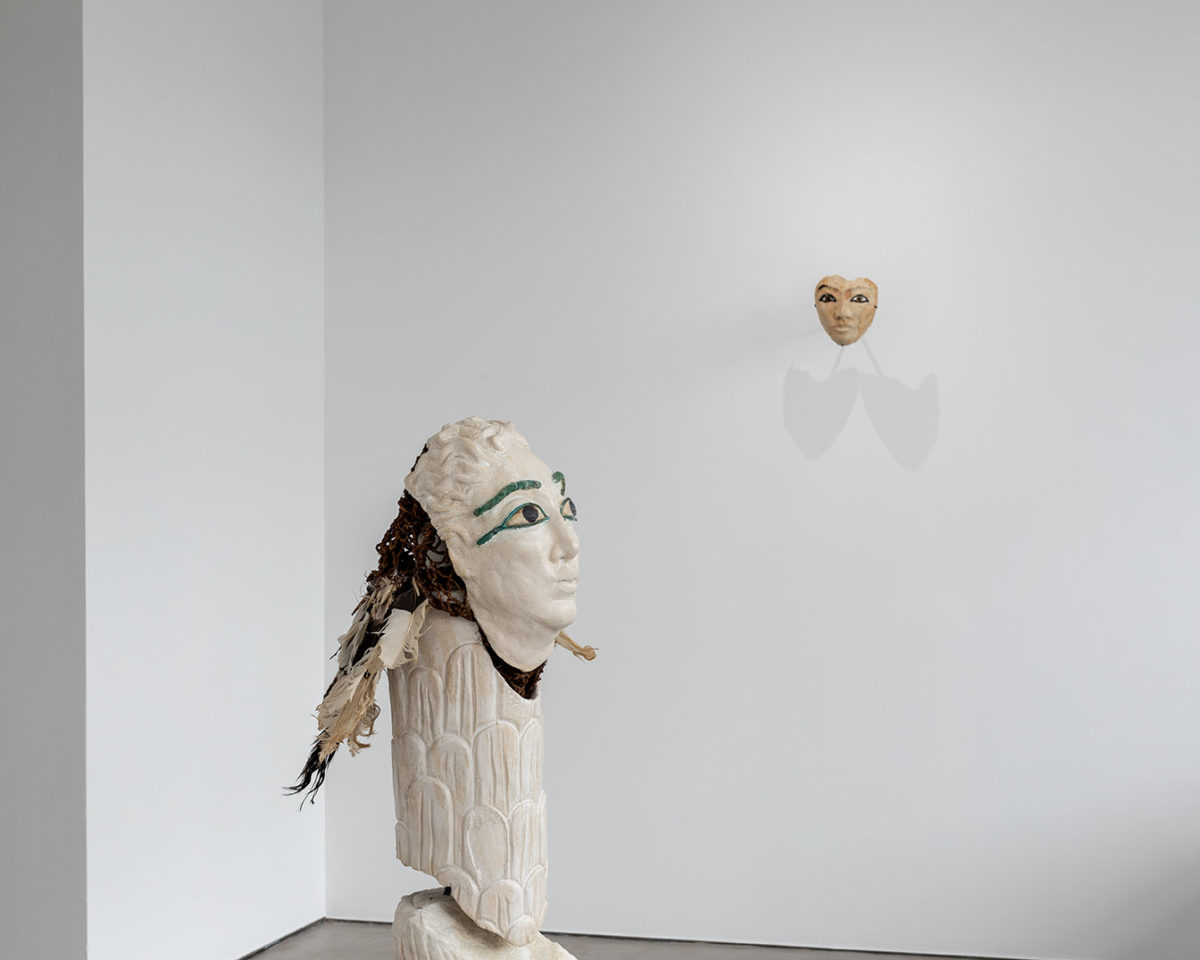
Exhibition view: Return Of the Beast, 2021. Photo © Tadzio
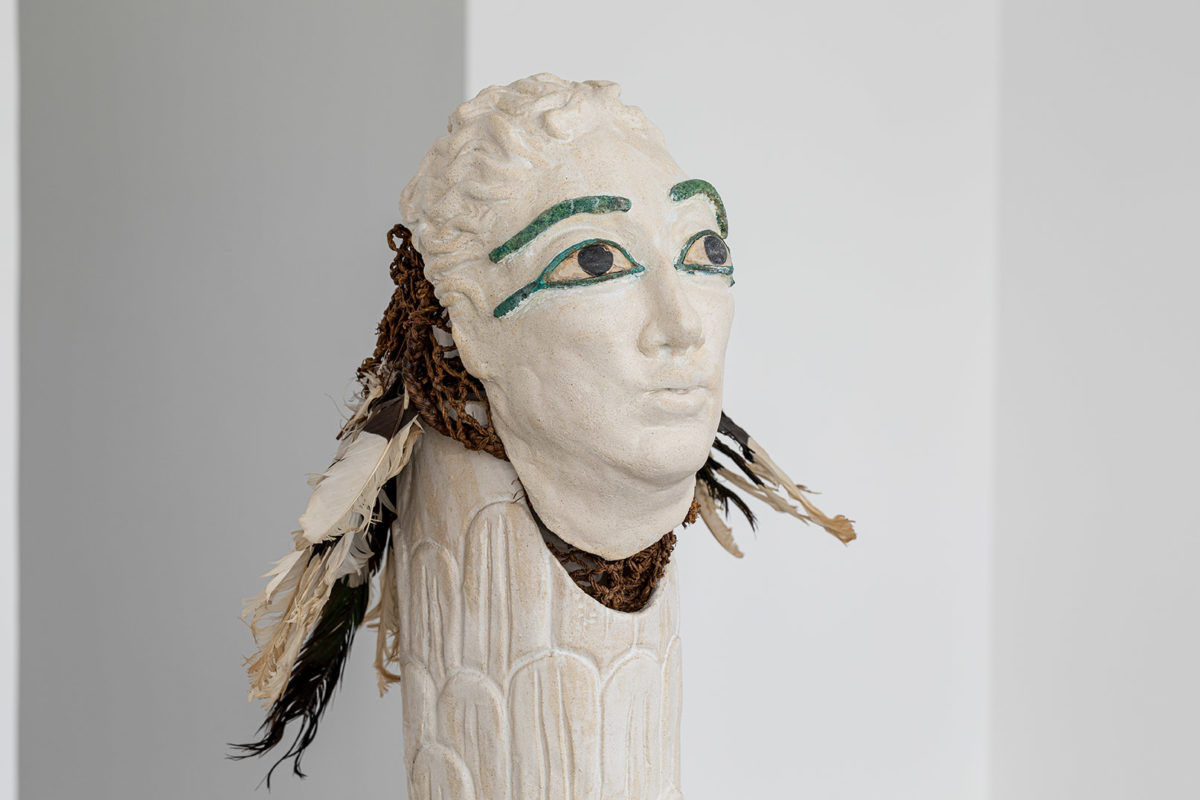
Return Of the Beast (detail), 2021. Photo © Tadzio

Exhibition view: Return Of the Beast, 2021. Photo © Tadzio
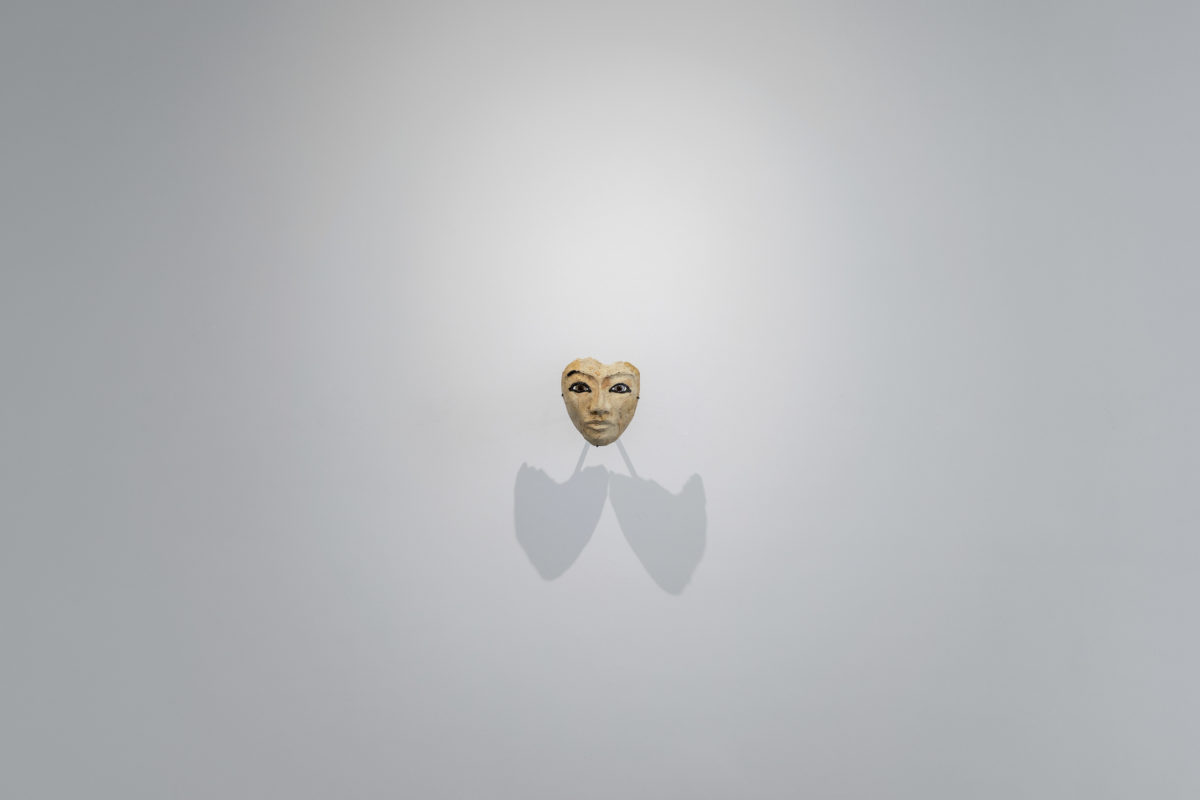
Staring at a Thousand Splendid Suns, 2021. Photo © Tadzio
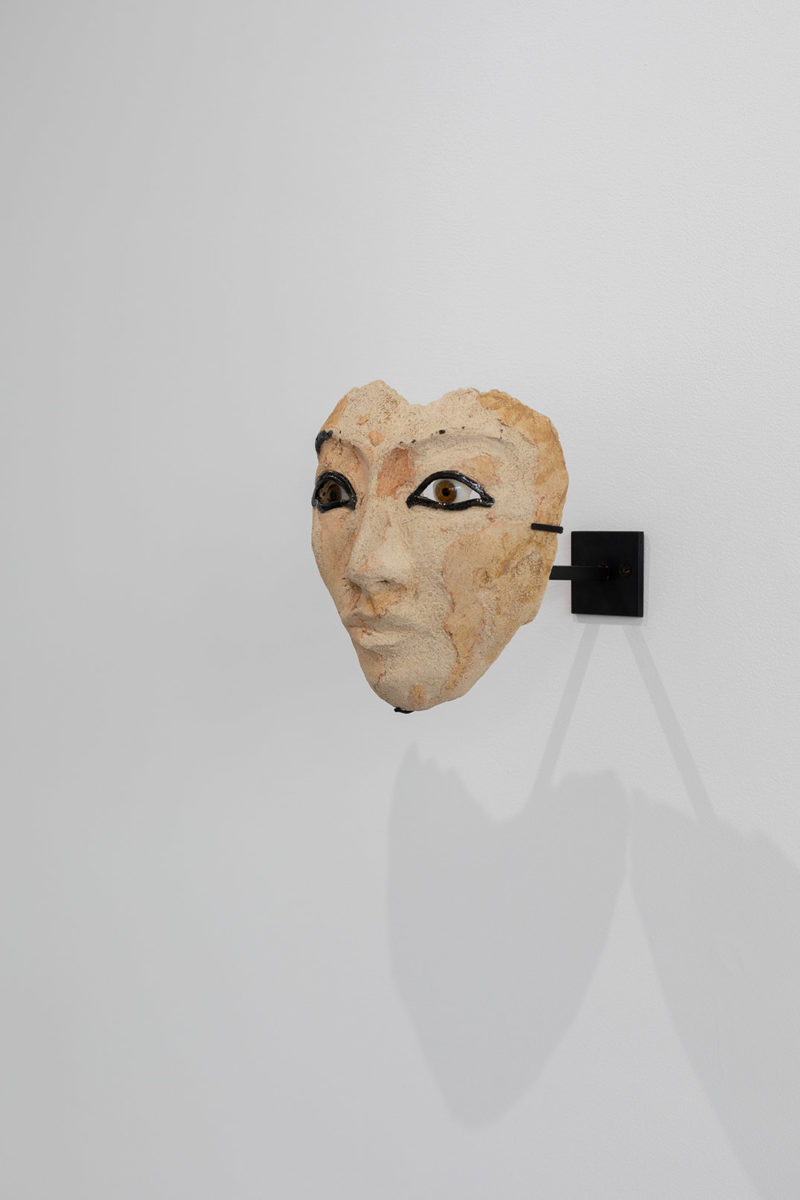
Staring at a Thousand Splendid Suns, 2021. Photo © Tadzio
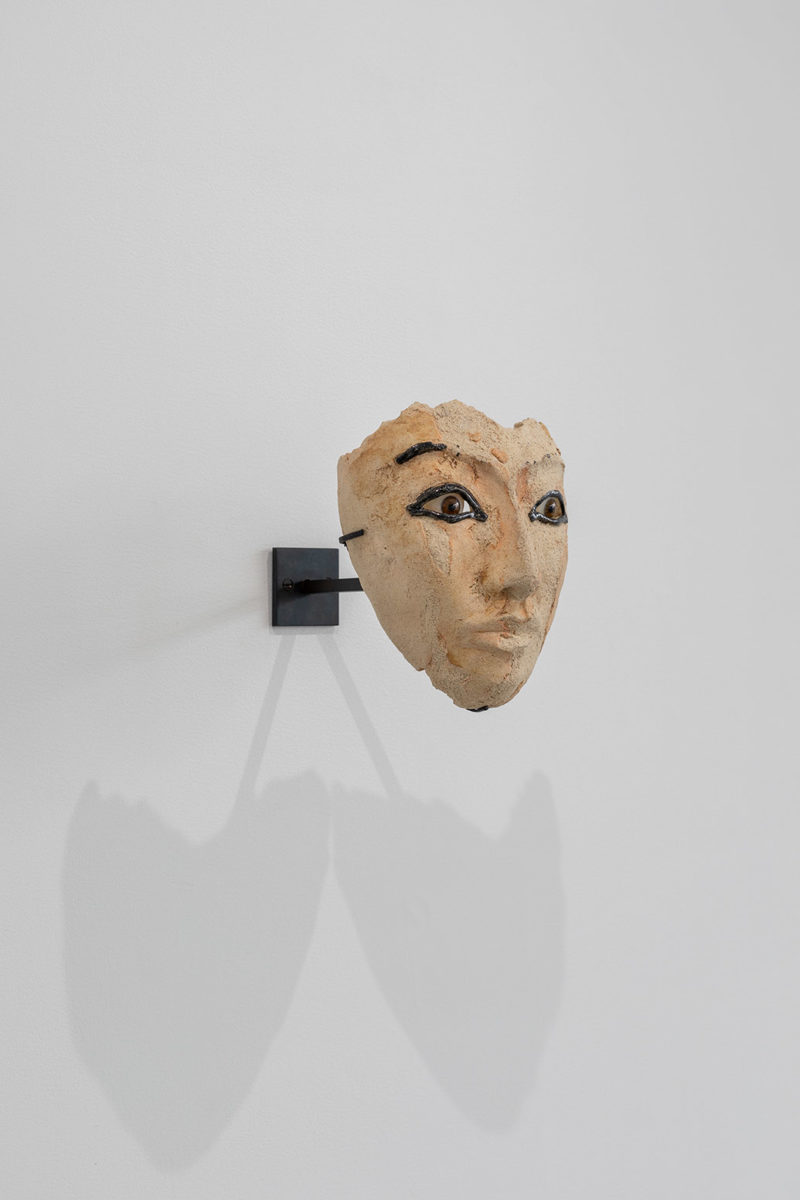
Staring at a Thousand Splendid Suns, 2021. Photo © Tadzio
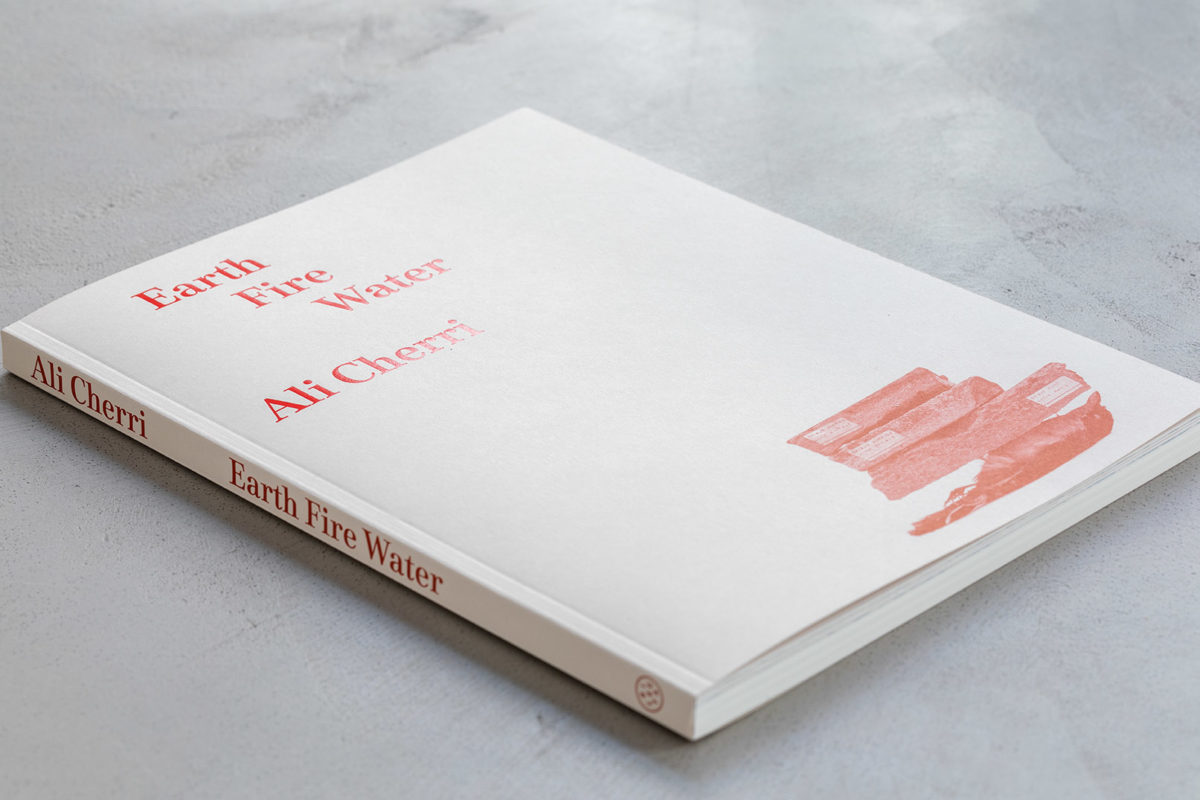
Earth, Fire, Water. Ali Cherri, 2021, Éditions Dilecta. Photo © Tadzio
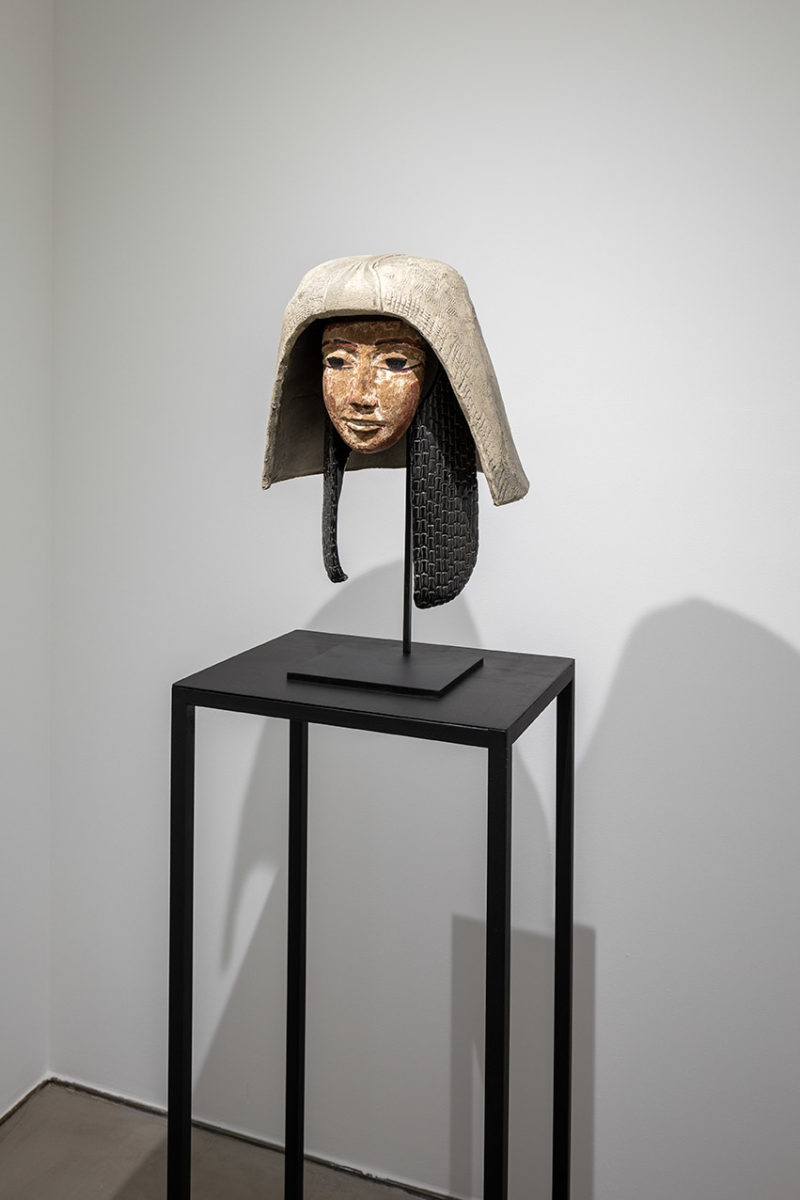
Life After Life, 2021. Photo © Tadzio

Life After Life, 2021. Photo © Tadzio
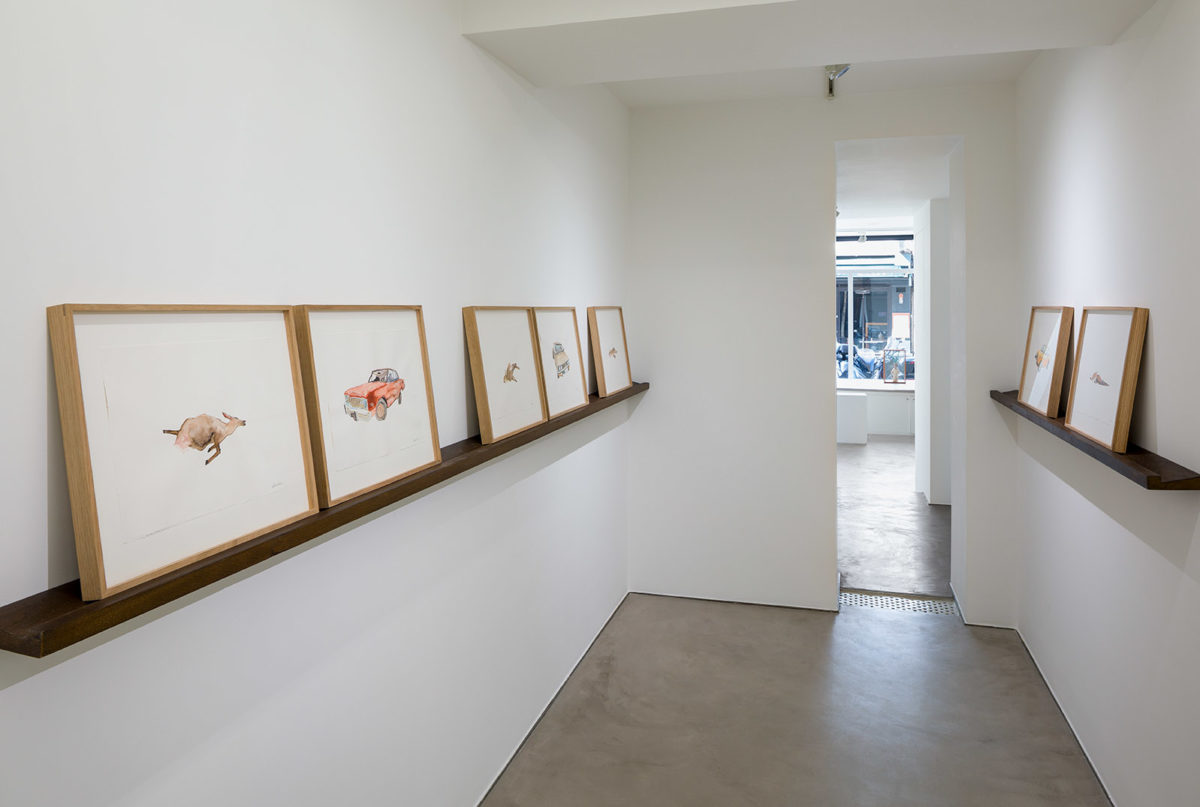
Exhibition view: Return Of the Beast, 2021. Photo © Tadzio
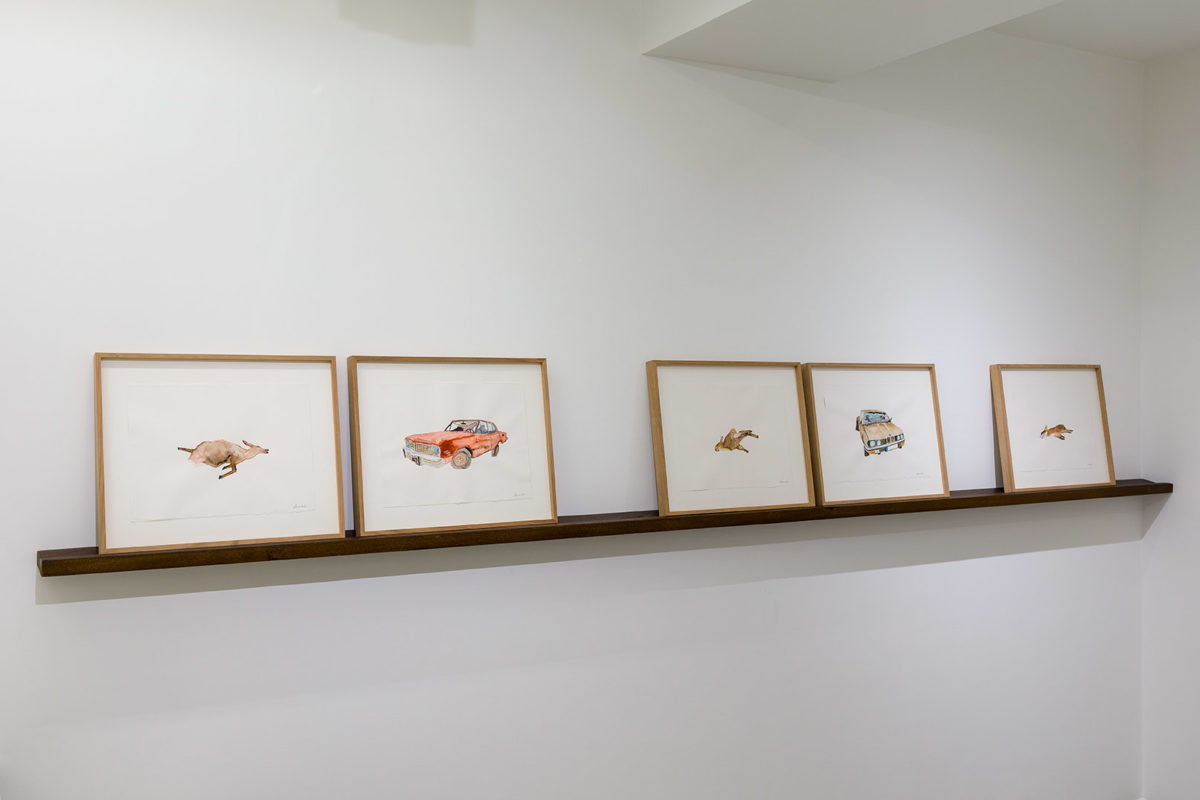
Exhibition view: Return Of the Beast, 2021. Photo © Tadzio
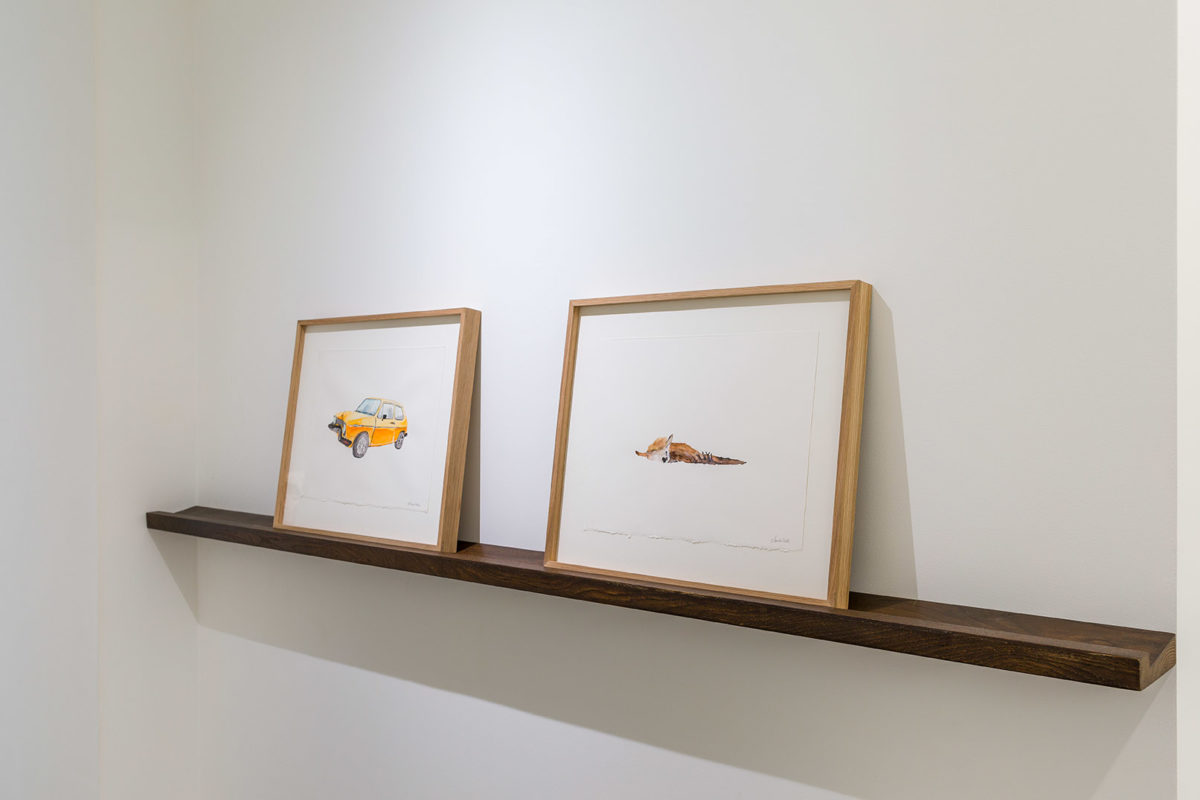
Exhibition view: Return Of the Beast, 2021. Photo © Tadzio
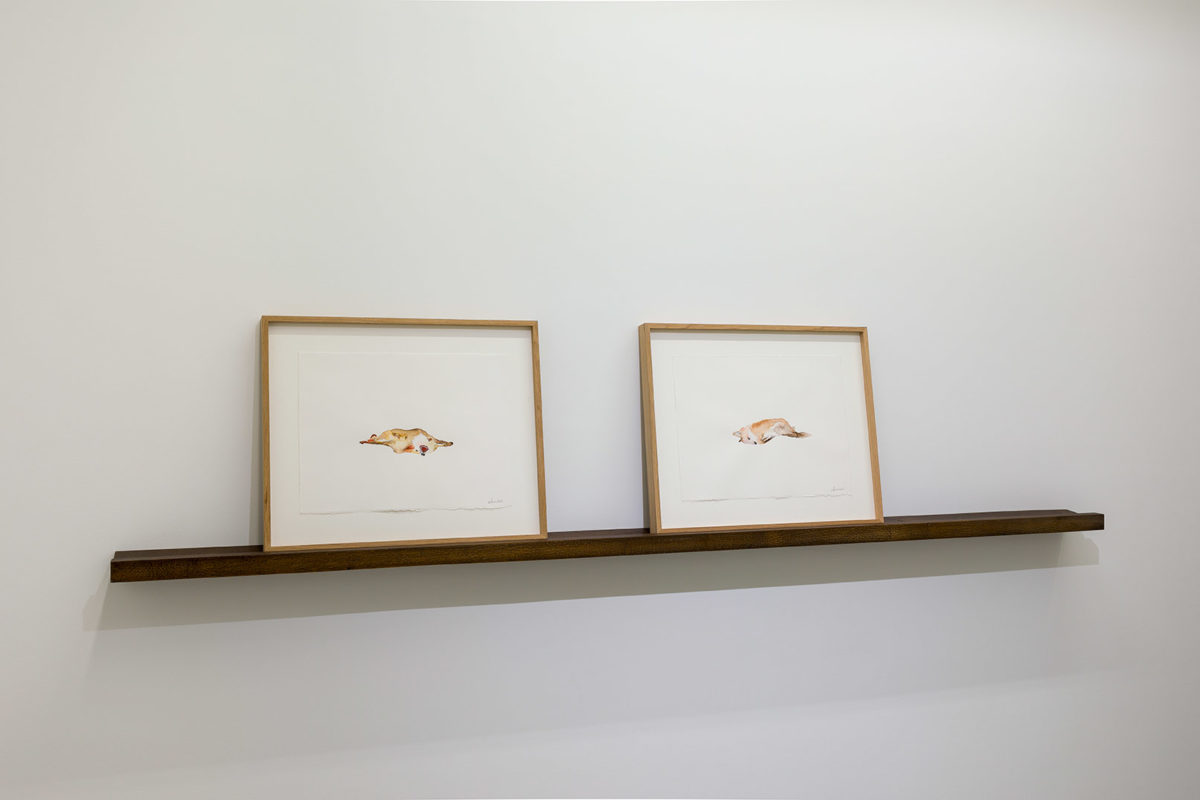
Exhibition view: Return Of the Beast, 2021. Photo © Tadzio
“(…) I beheld the wretch—the miserable monster whom I had created. He held up the curtain of the bed; and his eyes, if eyes they may be called, were fixed on me.”
Mary Shelley, Frankenstein, 1818
In horror stories and films alike, the sight of monsters provokes fear, but also creates a thrill. The figure of the monster is at once enticing and repulsive, and the first encounter with it is often depicted as a moment of stagger when your gaze freezes, your legs feel as if melting to the ground, and you are left speechless before you can scream or escape. This interlocking of the eyes is a risky enterprise that can leave you petrified, as the Greek myth of Medusa and Perseus warns. One of the etymological origins of the word monster, the Latin monstrare, which means to show or to display, confirms these intricate ties between looking and the monstrous. It is this moment of stagger, this utter stun that is a scopophilic trap, that is encapsulated in Ali Cherri’s sculpture Return Of the Beast: you cannot look, but you cannot look away.
Standing at the center of Cherri’s fourth solo exhibition at Imane Farès gallery, a one-legged creature carved in marble greets you. Its limbs have not been fully amputated: a fragmented human foot lingers on the right, while the left leg, adorned with scale-like patterns, seems to have sunk into the short plinth. Attached to these mutilated remains is a pale humanoid face. Rimmed with green-blue lines, its eyes are wide-open, as if staggered by you, in a surprising inversion of roles. Titled Return Of the Beast, Cherri’s exhibition compels us to rethink what we’ve historically considered as the figure of the monster, by inviting us to reevaluate the gaze that defines this conception. How do we look at monsters? How do they look back? What brings about the monstrous? The exhibition engages with the trope of the monstrous in a continuation of Cherri’s research on hybridity, which has been central to his practice for the better part of the last decade.
In various languages and imaginaries, the monstrous is defined in opposition to the human. In Arabic (Cherri’s mother tongue), wahshah, which derives from the three-lettered root wahsh (meaning monster), “refers to the distance from the human community; it marks the absence of the human as a condition of forlornness and beastliness.”1 This process of beastliness entails leaving the community to which the outcast once belonged. Following this uprooting, the forlorn comes back—a return which reshapes them as a monster. Borrowing its title from Tarik El-Ariss’ eponymous text, Cherri’s exhibition reckons with this inherited dichotomy, in a logical continuation of his reflection on another historical binary, that opposes nature and culture. This questioning is expressed through Cherri’s knack for assemblage, which he has perfected by borrowing aspects from the botanical and medical technique of grafting. This serves to create a myriad of hybrids, in which different fragments are patched together—from forlorn things to much sought-after artifacts, from naturalized raven claws to other unrecognizable remains. His new body of works expands on these hybrids, but is more anthropomorphic. Hybridity and monstrosity are no longer located elsewhere, in a distant otherness, but within the human body, as evidenced by the moldings populating the gallery. A ceramic face protrudes from the wall and stares ahead, its eyes heavily underlined in black. It recalls the Eye of Horus, a symbol from Ancient Egypt that served to protect or to warn, and transpires an ominous feel that could be linked to another Latin etymology of the word monster, monere, meaning to prevent or caution2. A closer look reveals that two glass eyeballs are peering at you. These prostheses, used to heal the sight after an enucleation, leave us with an interpretive dilemma. Is the assemblage a protective ritual object, or is it the fatal announcer of a blinded future?
Formerly objects uprooted from various sites, these objects return our gaze. Ultimately, we are left wondering if this Return of the Beast(s) is a return of the human to the bodily, or simply a return of the object-as-monster, an entity that interrogates the possibility of its own restitution to its original context. Any conventional appraisal of these fragments is indeed challenged. Like most elements in Cherri’s work, they were bought at auction, making their values and origins uncertain. This compromised authenticity is accentuated when they are joined together, bringing to mind philosopher Jane Bennett’s words: “an assemblage owes its agentic capacity to the vitality of the materialities that constitute it.”3 Staring at a Thousand Splendid Suns is in this sense a compound of the forensic and the spiritual, the organic and the technological, the ancient and the contemporary. Scintillating on the sunlit wall, these surrogate eyes encapsulate the in-betweenness that makes Cherri “literally bewitched” by these artifacts4. Here, he extends an invitation to the visitor to similarly engage in an affective rapport with these faces and bodies somewhat akin to ours. Wearing an imposing headdress, another humanlike face, the work titled Life After Life, stands in the gallery’s niche. The confrontation with its downward-looking gaze—somewhat jaded, or rather humble—is an intimate encounter, revealing the nature of these composite creatures: they are soulful entities which can affect and be affected.
A certain agency animates these sculptures, most of which seem to have been frozen in the midst of a gesture. Endowed with terracotta legs, Euphoria appears to have been petrified while in the process of walking. Its upper body bears no resemblance to a human figure: a black marble hand springs out of its torso, a miniature skull delicately resting on it. This skull is not just a dreary reminder of death; it is a part of the living that resolves the tension between life and death. Likewise, the naturalized birds, the wounded foxes, dying deer, and other roadkills in Dead Inside do not reek of the macabre: Cherri’s delicate brushstrokes render these corpses endearing.
Similarly, the small sculptures that are ordered on the table cannot simply be considered as monsters. Like the roadkills placed side by side, some of these creatures share a platform, as if they formed a community of devalued and displaced things together. They are not only monsters by their appearance, but also by their condition of uprooted objects. Or rather, they are outcasts who gather as survivors and witnesses of catastrophes. And while the de-hierarchization of objects has always pervaded Cherri’s work in a renewed critique of “the museum as a mausoleum,”5 it is here expanded further: figures and birds converse in How To Make a Bird Sing, inhabiting their own world, in a blissful ignorance of the human whose gaze has long defined them. And so, we are tempted to lend the words of Donna Haraway, speaking of her “kin,” to these fauns that are re-assembled by Cherri: “And like a decadent gardener who can’t keep good distinctions between natures and cultures straight, the shape of my kin networks looks more like a trellis, an esplanade, than a tree. You can’t tell up from down, and everything seems to go sidewise.”6
—Line Ajan, April 2021
3. Bennett Jane, Vibrant Matter: A political ecology of things, Durham, Duke University Press, 2010, p. 34
4. Cezar Aaron & Cherri Ali, “Une histoire de rencontre(s)” / “A Question of Encounter” in Earth, Fire, Water. Ali Cherri, Paris, Éditions Dilecta, 2021, p. 139
5. Adorno Theodor W., “Valéry Proust Museum”, Prisms, London, Neville Spearman, 1967, p. 175
6. Haraway Donna, “Cyborgs to companion species: reconfiguring kinship in technoscience”, The Haraway Reader, New York, Routledge, 2004, p. 298
Exhibition journal